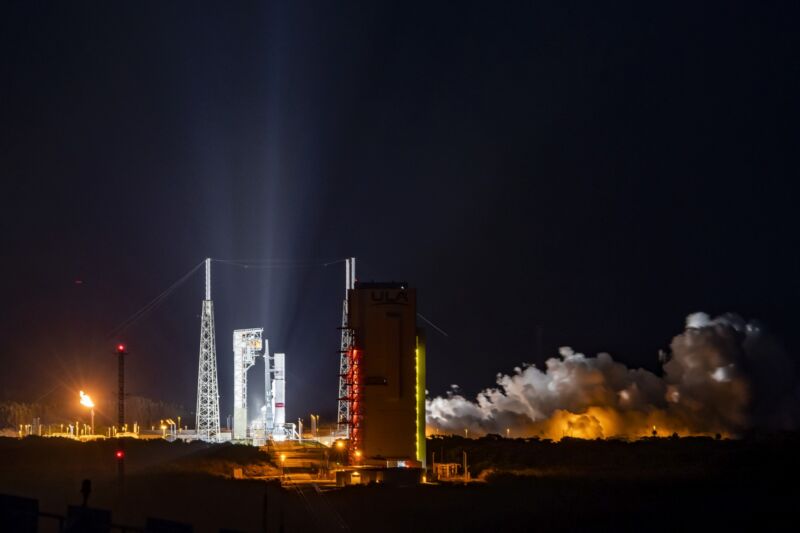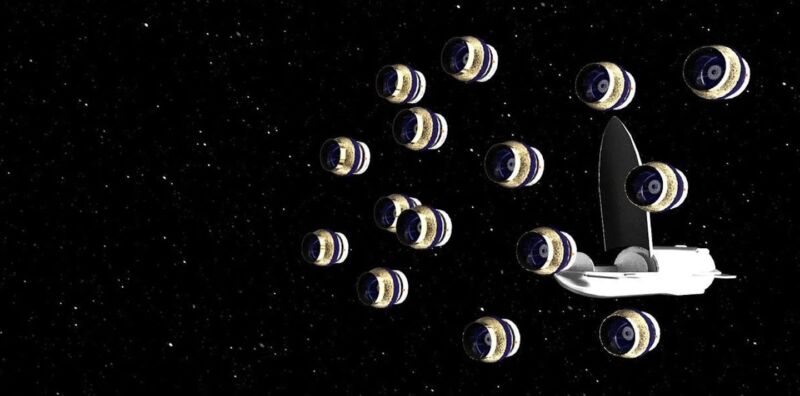-
 chevron_right
chevron_right
Rocket Report: Rocket Lab’s next step in reuse, Blue Origin engine explodes
news.movim.eu / ArsTechnica • 14 July, 2023 • 1 minute

Enlarge / File photo of a hotfire test of a Blue Origin BE-4 engine. (credit: Blue Origin )
Welcome to Edition 6.02 of the Rocket Report! I'm on my third week at Ars, and the space beat is as busy as ever. Going forward, Eric and I will alternate work on the Rocket Report every other week. SpaceX broke its own booster reuse record this week, and a Chinese company made history with the first methane-fueled rocket to achieve orbit. Back on Earth, Blue Origin blew up an engine that was supposed to fly on ULA's second Vulcan rocket.
As always, we welcome reader submissions , and if you don't want to miss an issue, please subscribe using the box below (the form will not appear on AMP-enabled versions of the site). Each report will include information on small-, medium-, and heavy-lift rockets as well as a quick look ahead at the next three launches on the calendar.

Zhuque-2 rocket makes history . A commercial Chinese firm named LandSpace launched its Zhuque-2 rocket July 11 (US time) and made history as the first company to send a methane-fueled launcher into orbit, beating a bevy of US vehicles to the milestone, Ars reports . In its current form, the Zhuque-2 rocket can loft a payload of up to 1.5 metric tons into a polar Sun-synchronous orbit.







